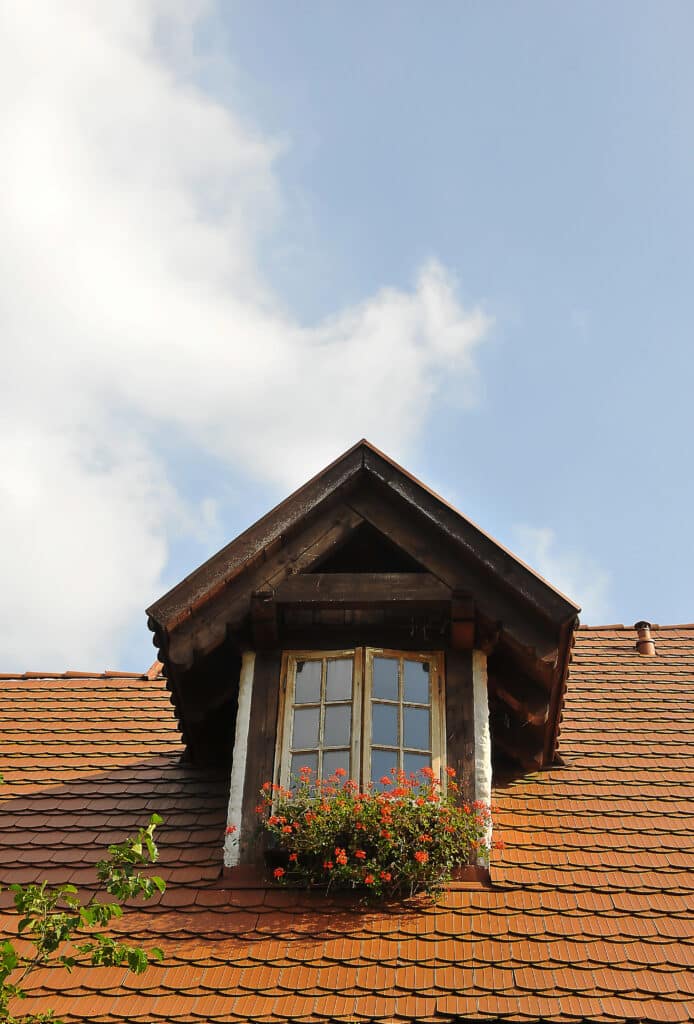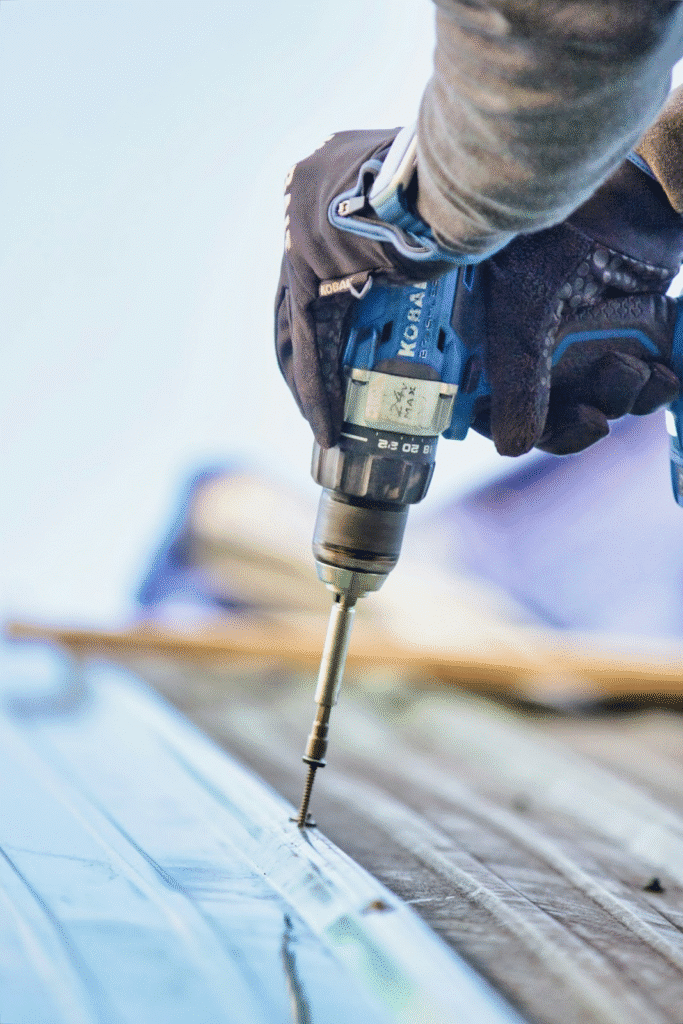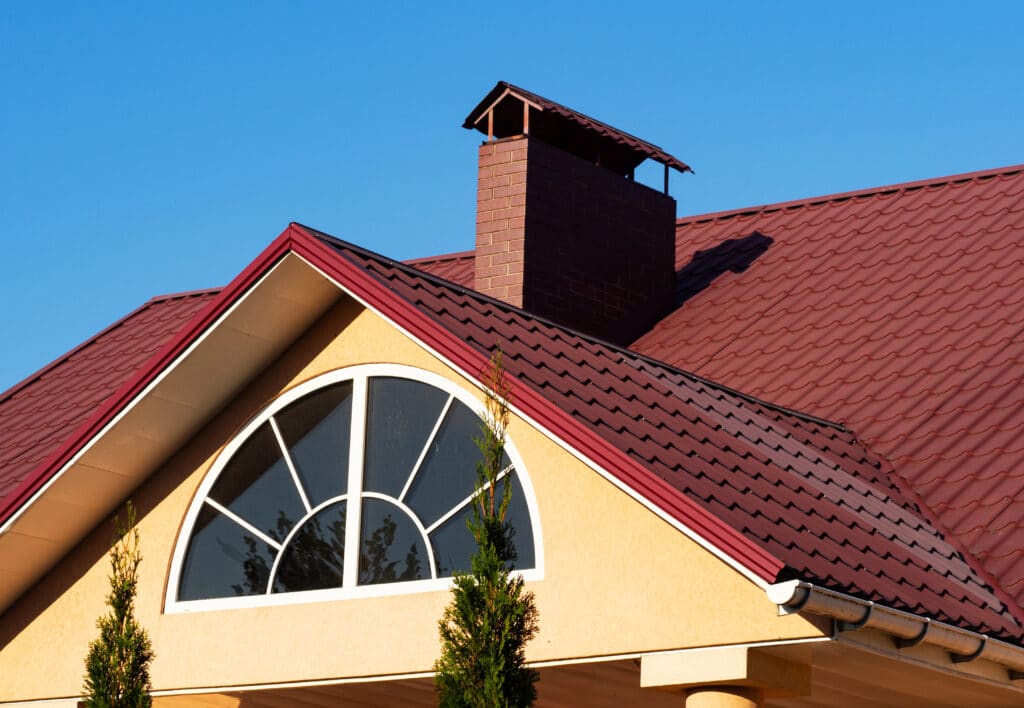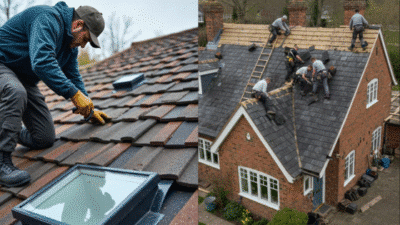A home’s roof can impact its appearance and functionality. It acts as a shield against the elements, maintaining the structure’s integrity and contributing to energy efficiency. Choosing the right roofing design requires careful consideration of style, material, budget, and climatic conditions. With various options available, it’s not easy to select the right type of roof. Here are some valuable tips on selecting the ideal roofing design tailored to your home’s needs.


Professional Help for Installation
Even with thorough research, the importance of hiring a professional for installation cannot be overstated. Quality installation affects the longevity and performance of your roofing system. If you are in the area, look into experienced local roofers in Durham who possess the skills and knowledge required to handle all kinds of materials and design complexities. Performing roof installations without professional advice can result in costly errors that may impact warranty coverage and lifespan.
Professionals can better identify hidden issues, such as rot or mold, that inexperienced homeowners might overlook. Investigating reviews and professional certifications can help you choose a reputable contractor. Investing in expert installation promises a secure roof and long-term savings on maintenance and repairs.
Home’s Architectural Style

The architectural style of your home dictates the roofing design you should choose. Traditional homes look best with classic roofing styles that provide a timeless appearance. Modern homes may benefit from flat or low-slope roofs for a sleek, austere look. To harmonize the roof with the design, consider the proportions and angles of your home’s exterior.
Using roofing materials that complement the architecture can increase curb appeal and property value. They can guide you in selecting colors and materials that keep the essence of your home’s architecture and fulfill your aesthetic preferences.
Climate and Weather Conditions

Certain materials perform better in specific weather conditions. Metal roofs are excellent choices for regions that experience heavy snowfall, as they easily shed snow and reduce the risk of leaks. Clay or concrete tiles are ideal for warmer regions due to their heat resistance and ability to reflect sunlight.
If you live in an area prone to storms, choose materials that can withstand high winds. Researching local weather patterns will offer insights into what materials are best. A durable roofing system can prevent repair costs associated with weather damage later on. Taking climatic factors into account can inform your choice of insulation, improving your home’s energy efficiency.
Material Selection

Roofing materials come in various forms, each with unique advantages and disadvantages. Asphalt shingles are affordable and versatile, coming in numerous styles and colors. Metal roofing offers longevity and energy efficiency, but the initial installation cost can be higher. A considerable advantage of tile roofs includes their durability and aesthetic appeal. Wood shake roofs lend character but require significant maintenance to combat rot and pests. Synthetic materials are designed to mimic traditional roofing aesthetics and reduce upkeep.
Evaluate your lifestyle, maintenance preferences, and long-term costs to guide your material choice. Some homeowners prefer low-maintenance options for convenience, whereas others lean towards aesthetic appeal, balancing beauty with practical concerns.
Budget Considerations
Quality roofing systems can represent a significant investment, so prioritize long-term durability. Consider the upfront costs, the anticipated lifespan, and maintenance expenses. A lower-cost roofing material may save money initially, but could end up being more expensive due to frequent repairs or replacements.
Factor in labor costs associated with installation, as experienced roofing professionals may charge more, but can guarantee a quality job that stands the test of time. If your budget is tight, explore financing options or potential rebates for energy-efficient installations.
Energy Efficiency and Sustainability


With growing concerns about energy consumption and environmental impact, considering energy-efficient roofing can provide notable benefits. Roofs that reflect sunlight can reduce cooling costs in the summer. Many homeowners today are opting for roofing materials that improve energy efficiency, which are designed to reflect more sunlight and absorb less heat.
Sustainable roofing options are gaining popularity. Green roofs offer insulation benefits, are environmentally friendly, and promote biodiversity. Explore the possibility of adding insulation under your roofing system to further improve thermal performance.
Local Building Codes and Regulations

Before proceeding with any roofing project, understand local building codes and regulations. Each locality has its own set of rules regarding building materials and installation techniques, influenced by regional climate and safety concerns. Compliance with zoning regulations is a must, as non-compliance may lead to fines or additional costs for modifications.
Consulting with local authorities or professionals familiar with pertinent laws can prevent future hassles. Obtain any necessary permits before starting the project. Failure to do so may interrupt construction. This research enables a smoother installation process so that your project meets local standards.
Choosing the ideal roofing design for your home involves careful consideration of various factors, including architectural style, climate, materials, and budget. Take the time to assess each aspect so that your roof will serve its purpose effectively and improve your home’s value.
Working with professionals and understanding local regulations further aids in a seamless project execution. A well-thought-out roof choice is an investment that safeguards your home for years to come.
- 0shares
- Facebook0
- Pinterest0
- Twitter0



